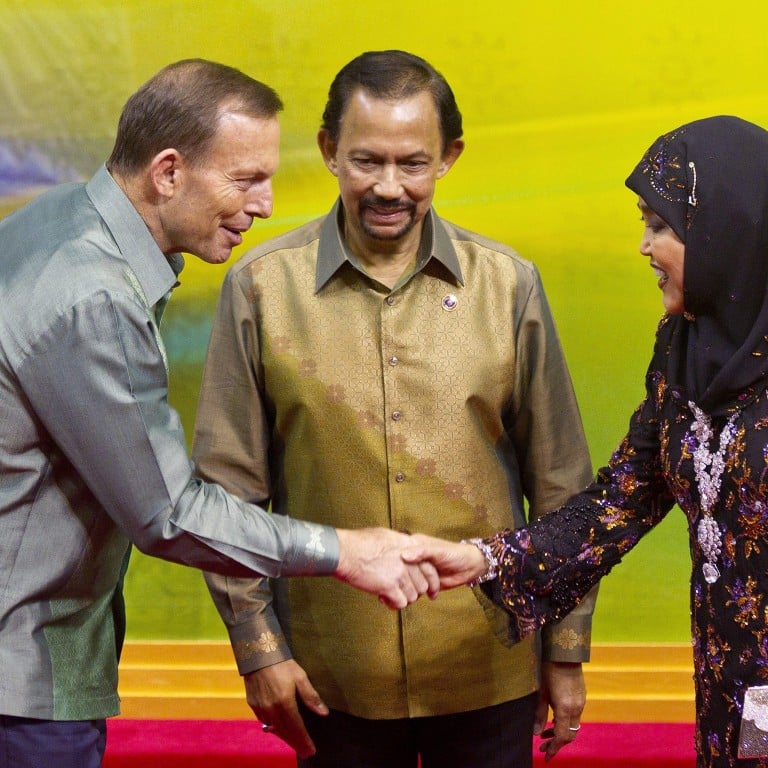
Australia's best export market may be right on its doorstep: Asean
Sandra Seno-Alday says it must look beyond its mineral exports to China and diversify its trade
It is unsurprising that China has emerged in the past few years as Australia's top trading partner. As an export destination, China was at the top of the list in the last financial year, accounting for almost 70 per cent more exports in dollar terms compared to Japan, Australia's second largest export destination.
Prime Minister Tony Abbott has made recent commitments to accelerate the free-trade- agreement discussions between Australia and China. However, it doesn't appear as though Australian businesses require any additional help in recognising the importance of China in the region. It begs the question; does Australia really need to negotiate even freer trade with China?
Over the past decade, Australia's exports of goods and services to China have consistently been dominated by minerals. According to 2011 data from the Department of Foreign Affairs and Trade, minerals accounted for 66 per cent of Australia's total exports to China, with iron ore alone representing 57 per cent.
Furthermore, government data indicates that in 2012 only around 7 per cent of Australian businesses sold their goods or services in overseas markets, up from 4 per cent in 1998. This clearly underlines the fact that only a handful of Australian businesses are driving Australia's exports to China.
This also sends a strong message that given the changes in China's economy, such as the continuing expansion of the country's middle class, there is significant scope for Australia to diversify its China trade portfolio.
There is also a challenge for Australia to diversify its trade portfolio in the rest of the region. This will prove to be tougher to do, given that the other Asia-Pacific economies are much smaller compared to the current regional giants.
Southeast Asia - made up of countries that are geographically closest to Australia - presents an interesting proposition. With the exception of Indonesia, the Southeast Asian economies are small. But if the Association of Southeast Asian Nations succeeds in its quest for greater economic integration, similar to the EU common market, then this would effectively create a single market of around 600 million people right at Australia's doorstep.
While Southeast Asia is predominantly composed of middle- to low-income countries - with the exception of Singapore - it is still difficult for Australia to ignore the fact that this region has exhibited high annual average economic growth rate (of some 11 per cent) for in recent decades.
Indeed, Australia's efforts to foster a more stable and more integrated Asean region may be its best medium- to long-term investment yet.
